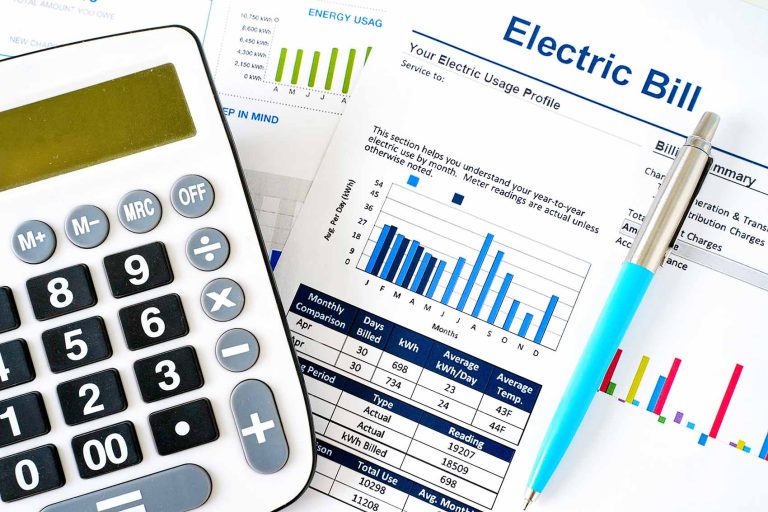Challenges in Energy Market Transformation
Australia’s energy market was originally designed for a different era, where energy flowed in a single direction from generator to customer. However, with the rise of consumers equipped with solar panels, batteries, EVs, and electrified homes, there is a significant shift towards consumer involvement in energy generation and management.
To achieve climate and transition targets, it is crucial to engage consumers in this process. This necessitates an energy market that prioritises consumer needs and preferences.
Challenges in the Current Energy Market
Recent developments highlight significant challenges in the current energy market that hinder consumer participation. One such issue is the practice of energy retailers changing tariffs for consumers with smart meters without their knowledge or consent. This approach, where customers are placed on ‘demand’ tariffs based on their highest usage point, poses a threat to the clean energy transition.
Smart meters and innovative tariffs play a vital role in transitioning to renewable energy sources. However, the lack of transparency and guidance for consumers on utilising these tools effectively undermines their potential impact. Consumers must be empowered to make informed choices about their energy usage to support the transition.
Empowering Consumers through Opt-In Tariffs
It is essential that any changes in tariffs, especially for consumers with smart meters, are opt-in to ensure transparency and consumer engagement. By incentivising consumers to adjust their energy consumption patterns through tools like timers on hot water systems or smart plugs on EV chargers, we can create a more efficient and sustainable energy system.
Education and awareness are key to enabling consumers to benefit from demand tariffs effectively. The Australian Energy Market Commission (AEMC) must take immediate action to address this issue and ensure that consumers are not switched to new tariffs without their explicit consent.
Shifting Towards Cost-Reflective Pricing
Encouraging consumers to utilise renewable energy sources, such as solar power, requires a shift towards cost-reflective pricing. By offering incentives for using energy during off-peak periods, particularly when solar energy is abundant, households can actively contribute to the energy transition.
Instead of imposing additional charges on solar owners, a more effective approach would be to introduce ‘solar soak’ tariffs that incentivise energy usage during sunny hours. This strategy not only benefits consumers with solar panels but also encourages other households to embrace renewable energy solutions.
Driving Deeper Reforms in the Energy Market
The energy market must undergo significant reforms to prioritise consumer interests and facilitate a smoother transition to renewable energy. Consumer empowerment, transparency, and fair pricing mechanisms are essential components of a consumer-centric energy market.
Collaboration with regulatory bodies and industry stakeholders is crucial to redesigning the energy market for the modern era. By involving consumers in decision-making processes and promoting sustainable energy practices, we can create a more affordable, environmentally friendly, and equitable energy system.
Francis Vierboom, the Market Transformation Manager at Rewiring Australia, emphasises the importance of reshaping the energy market to benefit consumers and drive sustainable energy practices.






